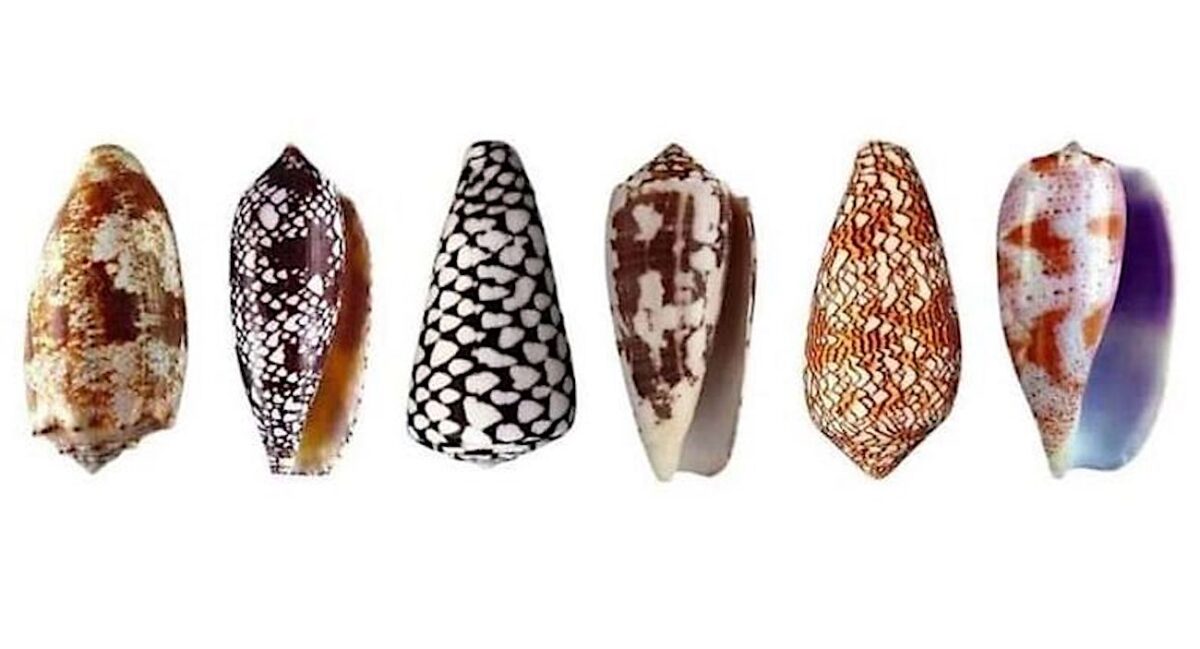Snail Poison as Diabetes and Hormone Drug

Cone snail venom could be the key to developing better diabetes treatments, according to a recent study. Researchers found that the toxin from the Conus geographus, one of the most venomous creatures on Earth, might also help create new drugs for other hormone-related conditions.
The team, led by scientists from the University of Utah, identified a component in the venom that mimics somatostatin, a human hormone that regulates blood sugar and several other hormones. This toxin, called consomatin, helps the snail immobilize its prey. In humans, somatostatin prevents dangerous spikes in blood sugar and other hormone levels. However, consomatin is more stable and specific than somatostatin, making it a promising model for drug development.
The researchers found that consomatin targets the same protein as somatostatin but does so more precisely, affecting only blood sugar levels without influencing other hormones. This makes it more targeted than the most precise synthetic drugs currently available for hormone regulation.
Though using snail venom as a treatment might be risky, understanding its structure could lead to safer drugs for endocrine disorders. Consomatin’s stability is due to an unusual amino acid that prevents it from breaking down quickly, a feature that could inspire longer-lasting medications.
Senior author Professor Helena Safavi noted that the precision of the toxin could be incredibly useful in treating diseases. “Venomous animals have evolved to fine-tune venom components to target specific physiological processes, often relevant to disease,” she said. Safavi explained that consomatin, which shares an evolutionary lineage with somatostatin, has been refined by the cone snail over millions of years into a highly effective weapon.
Consomatin works by rapidly lowering blood sugar, leaving the snail’s prey unresponsive, while a second component prevents blood sugar levels from recovering. Dr. Ho Yan Yeung, the study’s lead author, suggested that the venom might contain other glucose-regulating molecules, not just insulin- and somatostatin-like toxins.